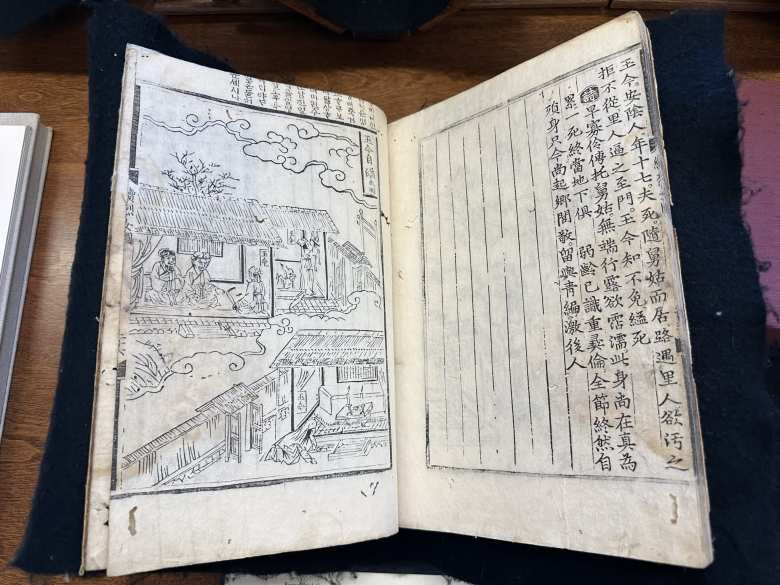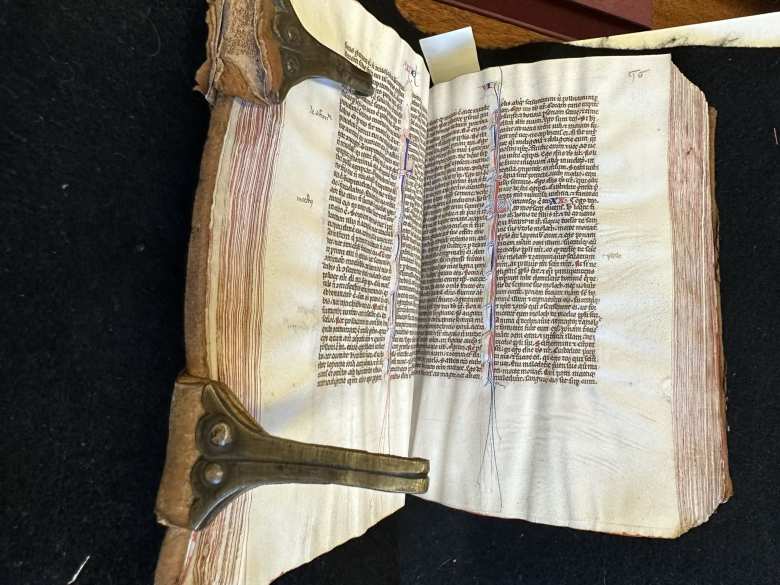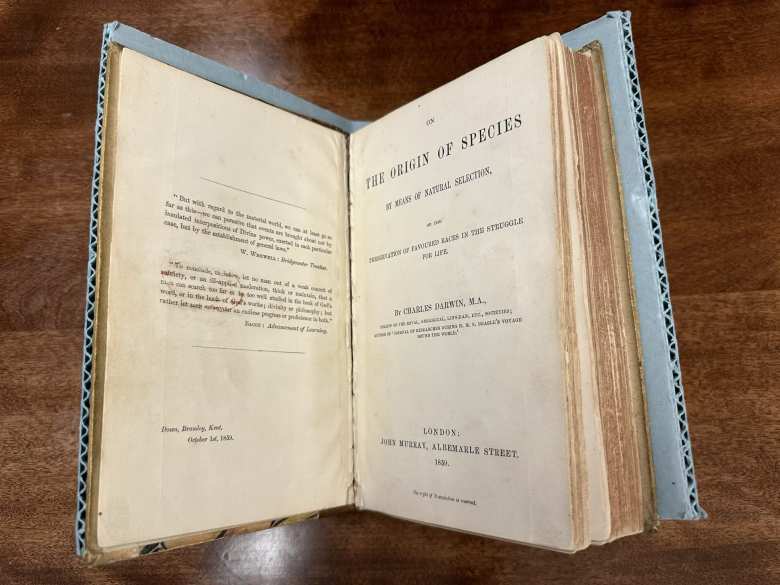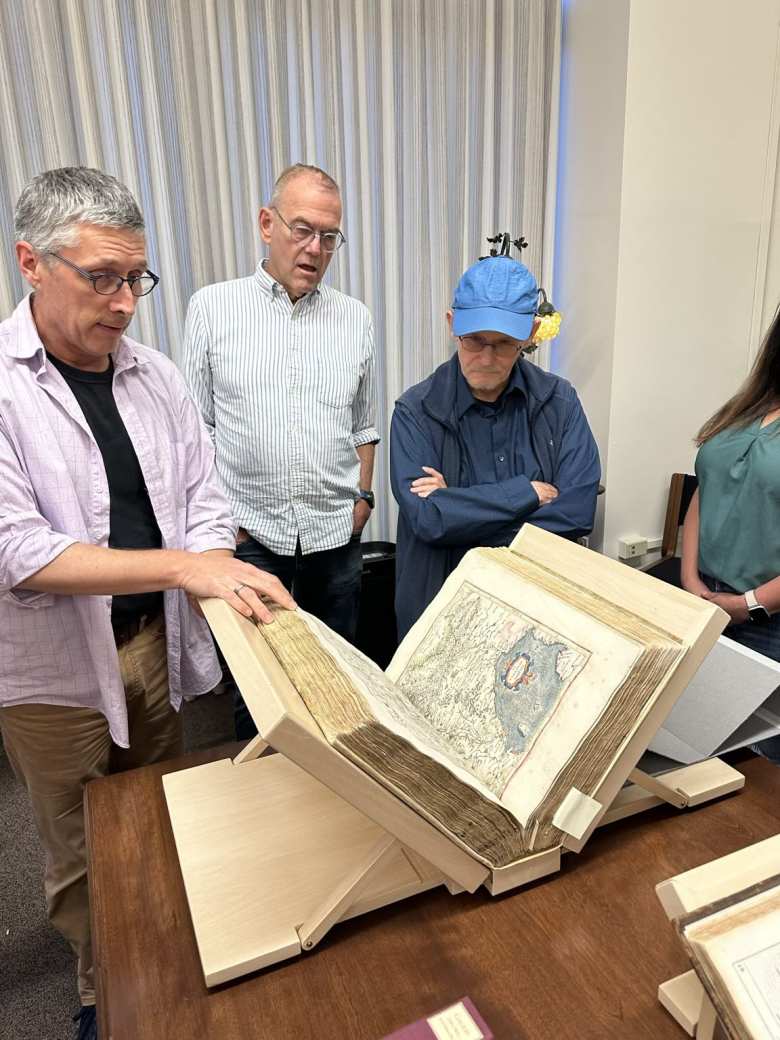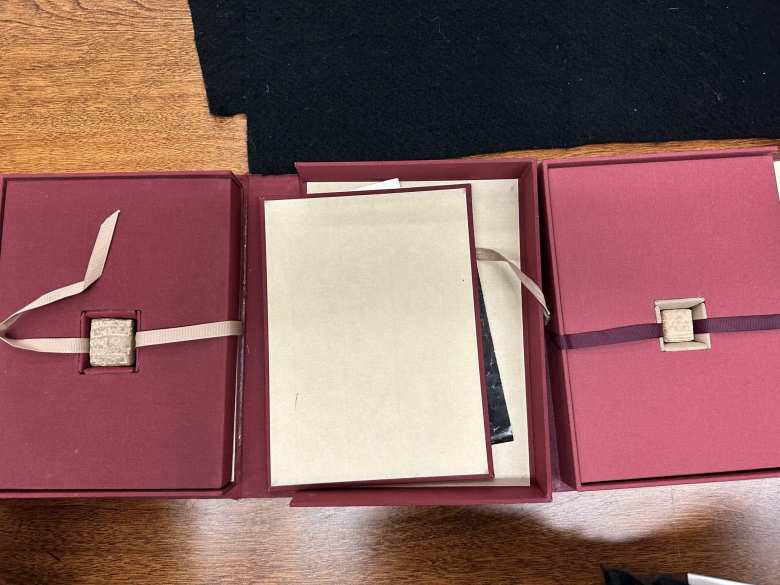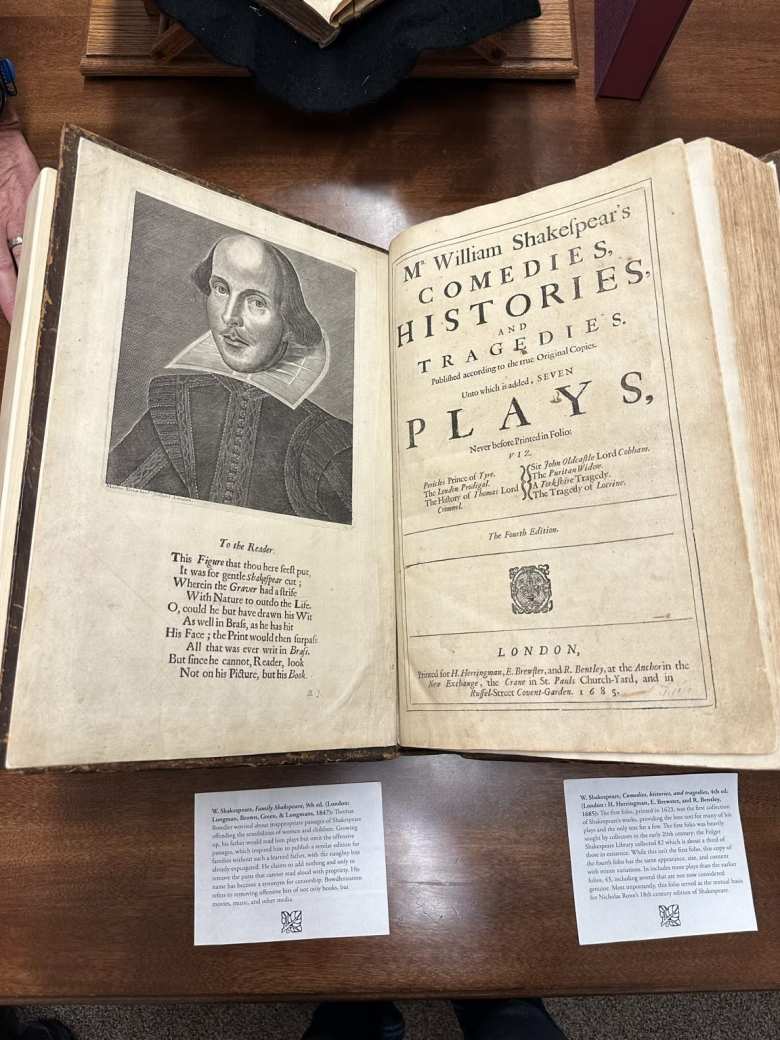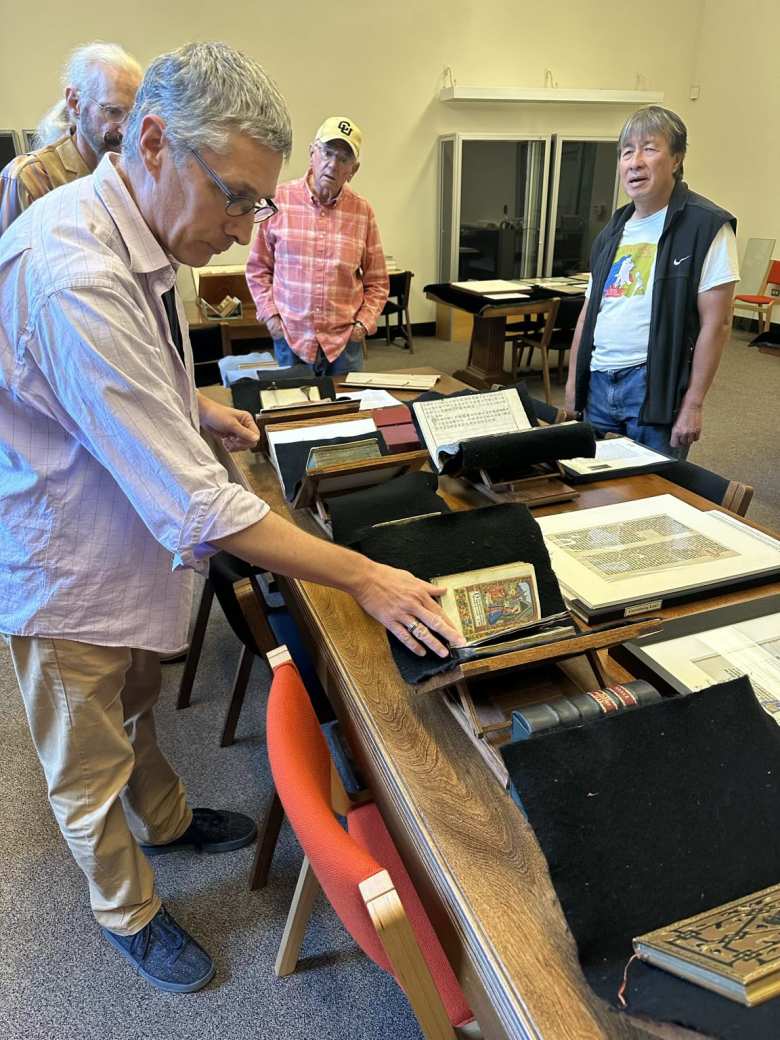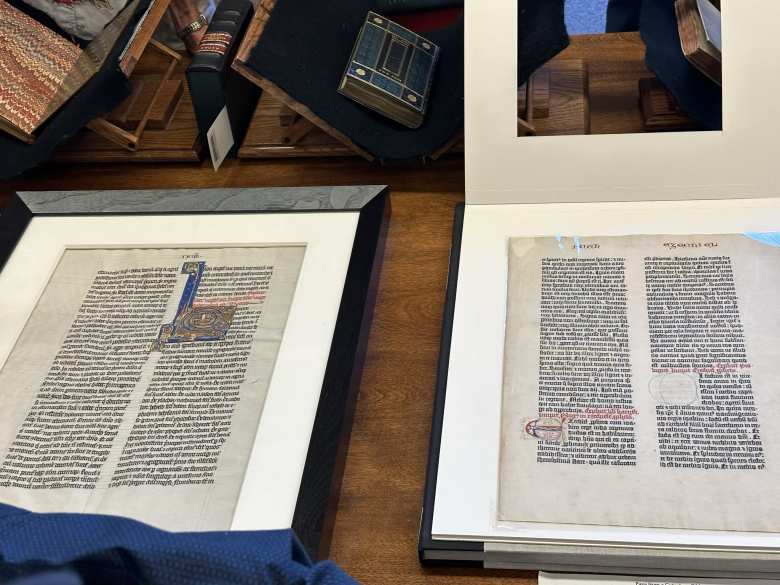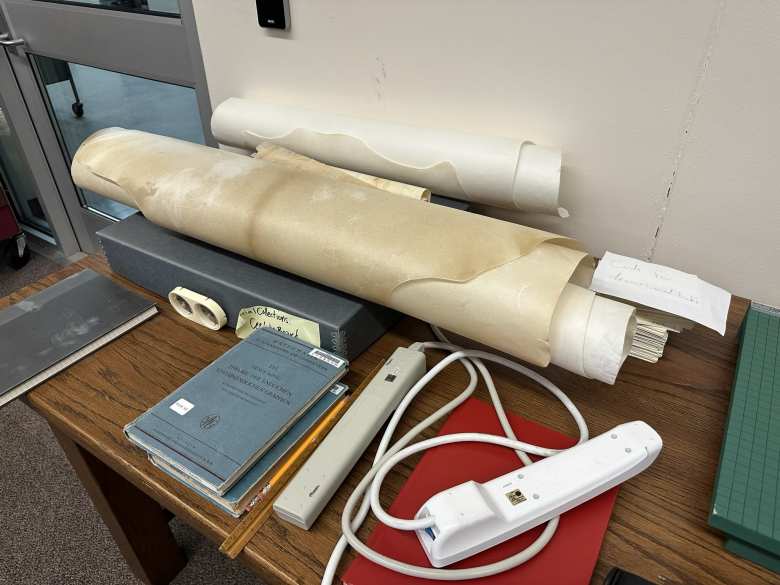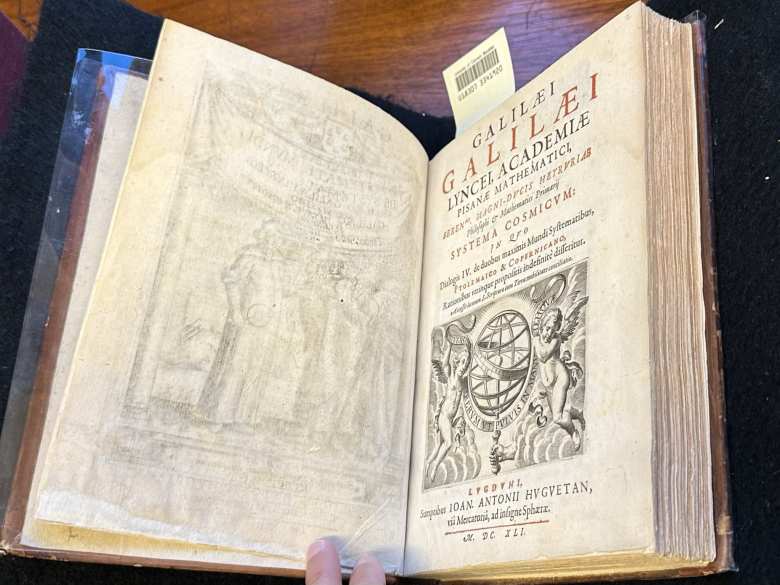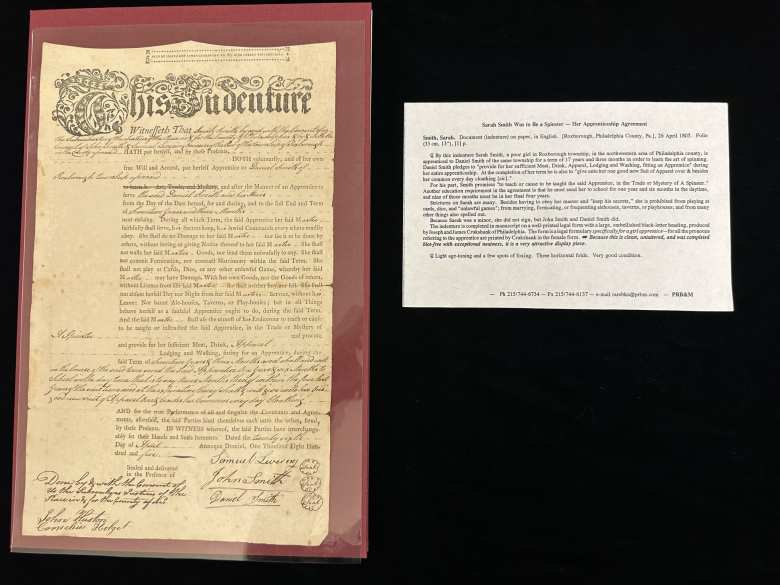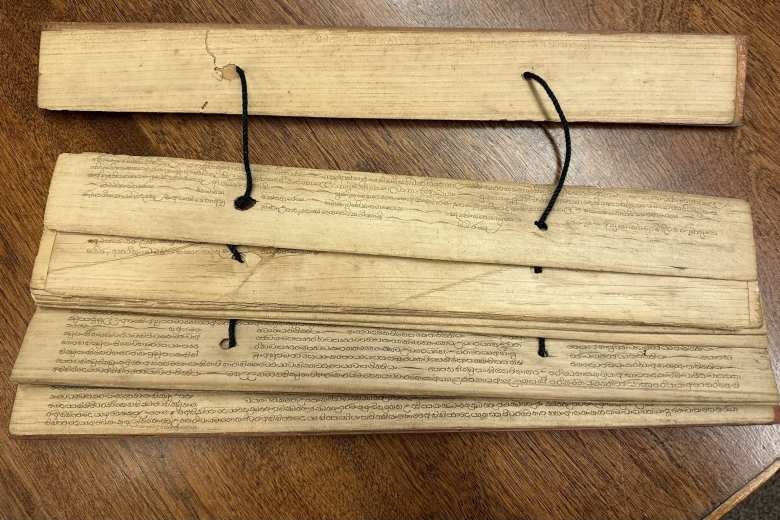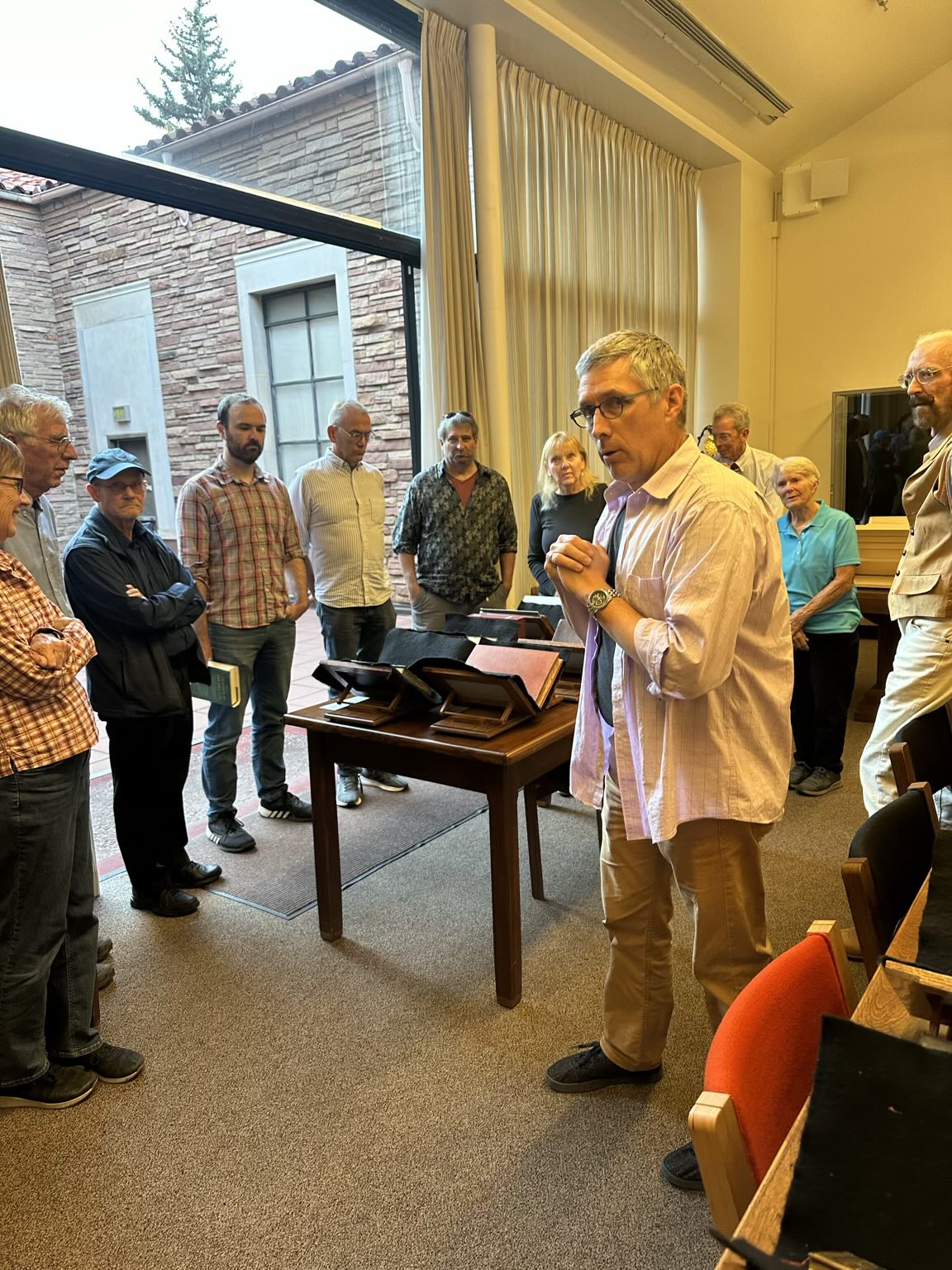Rare Books at the University of Colorado Boulder
I was back in Fort Collins for a bit and having dinner with friends downtown. Amongst the company were Greg, Phil, Raquel, and myself. Little did I know, this evening would soon unfold into a captivating journey through the annals of history, all thanks to Greg’s exciting revelation.
As we savored our meal, Greg, with a gleam of excitement in his eyes, dropped some Good News that would set the tone for the evening. He joyfully announced his impending retirement on the 15th of September, marking the end of his remarkable 12-year tenure as the custodian of the Rare Books at the Norlin Library, nestled within the prestigious University of Colorado Boulder. Before bidding adieu to his beloved library, Greg had a burning desire to share the treasures hidden within the Rare Books Room with his close-knit circle of friends. An invitation that none of us could resist.
Now, I must confess, I’ve long embraced the world of electronic books, having bid farewell to my physical collection (except for a few trusty engineering textbooks). However, Greg, with his boundless enthusiasm, managed to ignite my curiosity for ancient tomes. With an enticing mention of books by luminaries such as Galileo, Darwin, and Shakespeare, my interest was thoroughly piqued. The Rare Books Room held more than just books; it cradled history itself, with artifacts like a land deed bearing the signature of none other than Abraham Lincoln and his wife, Mary.
With eagerness, I accepted Greg’s gracious invitation, and a week later found myself standing in the hallowed chambers of the Rare Books Room. Greg, a veritable maestro of knowledge, embarked on an enthralling presentation. He regaled us with tales of paper, vellum, parchment, the art of printing, and the intricacies of bookbinding. With each anecdote, the room seemed to come alive, bridging the gap between centuries.
Greg’s passion for these literary treasures shone through as he pointed out his personal favorites, each a testament to human creativity and intellect.
The photographs and their accompanying captions below capture but a glimpse of the treasures unveiled that evening. It was a journey through time, a celebration of knowledge, and a fitting tribute to Greg’s distinguished career. Congratulations, Greg, on your well-deserved retirement. Your dedication to preserving these literary marvels has left an indelible mark on all of us fortunate enough to have shared this experience with you.
